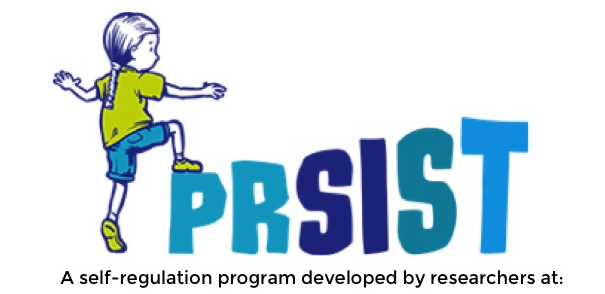
Bursting Bubbles
What to do: Tell the children that you are going to blow some bubbles, and you want the children to pop them. However, the children must pretend that their feet are locked, as if in cement – they can’t move them. The children can only pop bubbles that enter their space, involving no more than bending. If a child moves their feet to pop a bubble, have them sit and pop bubbles to further constrain their ability to move outside their allocated space. Once they have popped at least 5 bubbles without moving from their bottom, they can return to standing (with their feet locked in cement). If they move from their bottom, have them transition to lying down to pop bubbles (and return to sitting once they pop 5 bubbles while laying down). To further emphasise numeracy skills, have children say, count and keep track of the number of bubbles they pop. You should encourage the children to stop once they have hit their target number.
Too easy? How to increase challenge: Introduce rules that the children can only pop bubbles using particular parts of their body (e.g., right arm and nose), and that their feet still cannot move. Even harder? Have the children predict how many bubbles they can burst in a set time period (e.g., 20 seconds), still with their feet planted, and have the children check their actual number against their predictions. You might also have another child (partner) monitor children’s planted feet and number of bubble pops.
Ideal formation(s): Small group or individual.
What you need: Bubbles.
What it does: This activity challenges children’s ability to resist the impulse to chase bubbles when the rules dictate that they shouldn’t or they have already met their predictions (after which they must avoid bubbles). It also involves early numeracy skills (counting) and some elements of basic scientific reasoning (making and evaluating predictions).
Links to EYLF:
- Demonstrate an increasing capacity for self-regulation; Persist when faced with challenges and when first attempts are not successful (from Outcome 1.2)
- Make choices, accept challenges, take considered risks, manage change and cope with frustrations and the unexpected (from Outcome 3.1)
- Engage in increasingly complex sensory-motor skills and movement patterns (from Outcome 3.2)
- Persist even when they find a task difficult (from Outcome 4.1)
- Make predictions and generalisations about their daily activities, aspects of the natural world and environments, using patterns they generate or identify and communicate these using mathematical language and symbols (from Outcome 4.2)
- Use feedback from themselves and others to revise and build on an idea (from Outcome 4.4)




